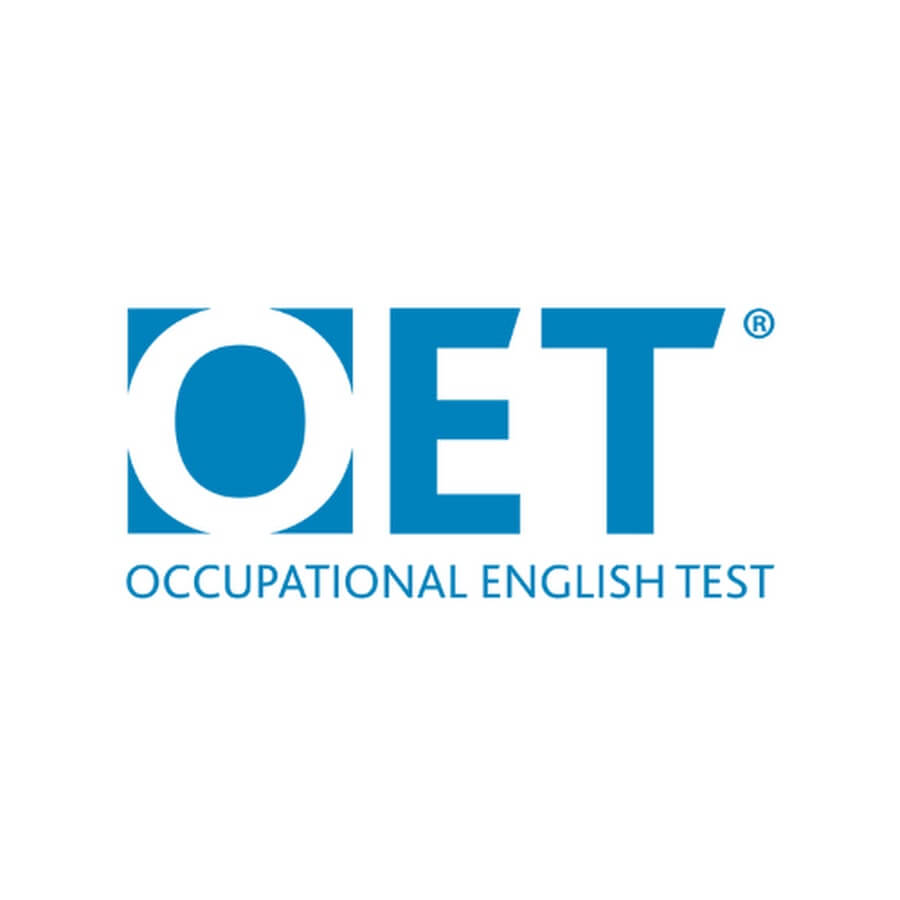OET Writing assesses one’s ability to use the English language as a mode of communication in writing. Therefore, for communication to be effective, there are certain factors that one needs to be careful about. Candidates need to prepare well for the test and should be aware of certain mistakes that they cannot afford to commit in the letter. Avoiding the below-mentioned errors can help candidates score better in OET Writing.
Using only complex structures– Many test-takers believe that in order to get good marks on the test, they will have to write only difficult and complicated grammatical structures. This, they believe, is the only way they can exhibit their skills of possessing a good command of language. However, while doing this, they tend to make structures that are difficult to understand for the reader. Language should be used to facilitate the understanding of the reader rather than making it difficult for them to derive meaning and be lost in the letter.
Overuse of connectors– Some candidates are of the opinion that using more connectors like therefore, however, consequently, additionally, etc can make their letter formal. There is no doubt that these connectors are used in formal writing but they can only be used wherever language demands it. More use of these connectors in inappropriate places can convey incorrect meaning. Moreover, these are not the only way to make a letter formal. Hence, it is advisable to judicially use linking words at appropriate places in writing.
Providing extra information– Candidates fall into the trap of considering everything in the case notes to be relevant; consequently, they make the letter very lengthy by including digresses. This happens because they believe that they do not scrutinize the reason why a particular piece of information could be relevant for the recipient to know. Not everything mentioned in the case notes is relevant for every reader to know. Considering the role of the recipient in the patient’s care while choosing every piece of information for the recipient can help in avoiding this error.
Not providing enough information– In contrast to the previous point, some test takers fail to provide the required information needed by the recipient to continue the care of the patient. Not having the requisite information by the reader might adversely impact the care and health of the patient. Health workers must ensure that when handing over a patient’s care to another professional, they should provide all the information which would be beneficial for them to help the patient.
Using templates- While organizing the information in a letter, test takers get confused and are sometimes unable to organize the information in an order that facilitates readers’ understanding but is convenient for them. During their preparation period, they make templates in which they try to fit in the information the order which suits the template. Using templates in OET Writing is a grave mistake as not all case notes are the same and neither is the condition of all patients. For example, medical history could be more relevant in one situation and not in another. So organization the information in a manner that best suits the situation and the need of the recipient
Not using appropriate punctuation– Some test takers do not put appropriate punctuations, not understanding that they do impact the meaning. Incorrect punctuation and absence of punctuation can impact the meaning of the sentence and may sometimes also convey the incorrect meaning of sentences. For instance, “come let’s eat children” and “come, let’s eat children” can have different meanings. Therefore, it is imperative that a letter has correct usage of punctuation as it is assessed under the criterion of Language.
Not establishing the purpose clearly– The reason for writing the letter needs to be mentioned at the beginning of the letter and needs to be established and supported well through the information in the letter. However, some candidates only mention the purpose in the beginning but do not establish the purpose clearly. This leaves the recipient in confusion as it does not facilitate them to understand what the reason for a particular purpose is. For example, only writing “ Mr White requires follow-up care from you.” will not help the recipient know why follow-up care is needed. In contrast, “ Mr White requires follow-up care as he is recovering from right shoulder replacement.” informs about the purpose and establishes it well by giving the reason why follow-up is being requested. Hence, candidates should ensure that the purpose gives a high-level overview of future care that the patient requires.
Passing a test is not the same as play slots with BTC. In gambling, it all depends on the case and good luck, while testing OET is what you should be prepared for. The better you study OET course, the more chances you will get a visa and license in healthcare job abroad. Thanks to proper communication, further work will not become a hard burden.




